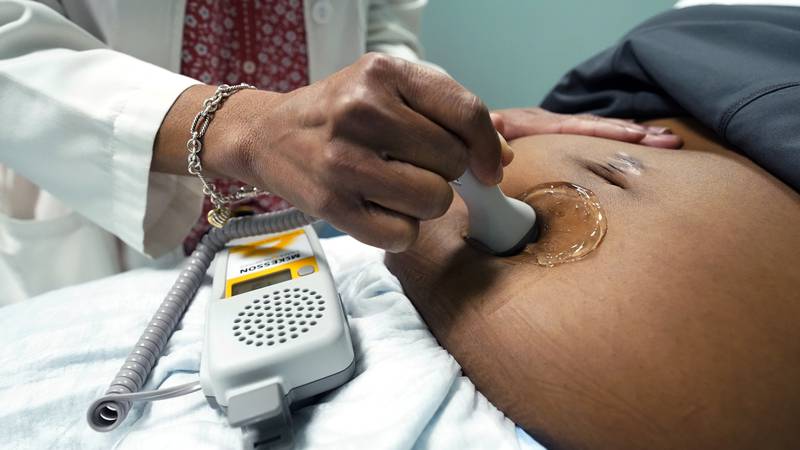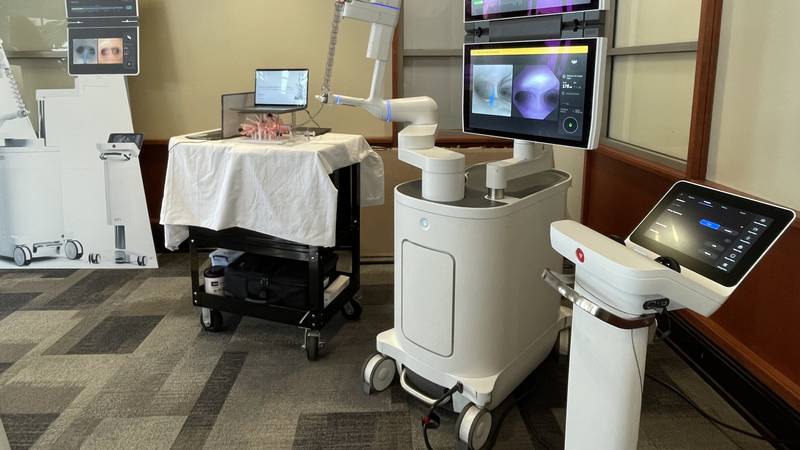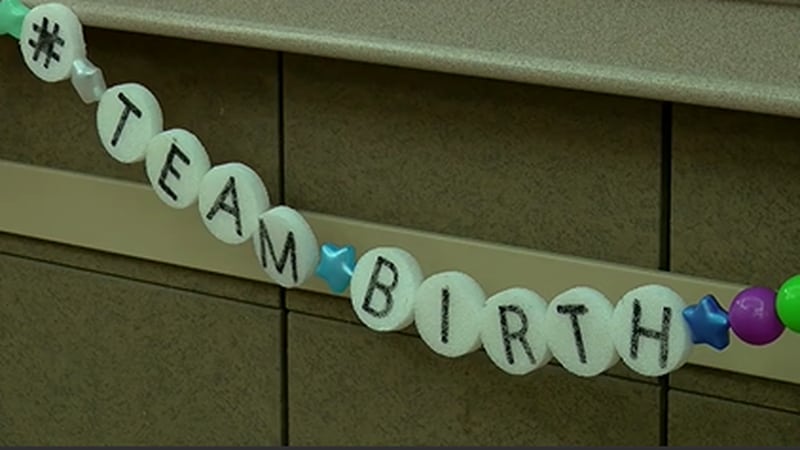Medwatch: Minimally invasive & life saving brain operation
LAWTON, Okla. (KSWO) -Brain tumors are abnormal growths of tissue that can either be benign or malignant, and one patient at the Comanche County Memorial Hospital had a minimally invasive and life saving treatment.
Without it, not only would he have lost his vision, but he could’ve lost his life.
In the U.S., about 700,000 people live with brain tumors, and approximately 24,000 people live with malignant ones. That number once included Wenzel Wilkerson.
Wenzel was diagnosed with a tumor that was almost pressing on his optic nerve, and his wife says it wasn’t until his symptoms got really bad they they noticed something was extremely wrong.
“When it first came on it was like a heat stroke. I became dizzy and sweaty. I lost my eyesight and everything. Then I passed out, and 5 hours later my son found me, and i woke up and then my arm went numb, it felt like it weighed 200 pounds, and I don’t want to go through that,” Wenzel said.
“He went to the E, and that’s where they found the tumor,” added Crystal Wilkerson, Wenzel’s wife.
He was referred to Neurosurgeon Dr. John Roufail.
“One of the cases that we’re talking about today is the pituitary mass or the Pituitary adenoma, and our patient came with persistent headaches and problems with the vision. His primary doctor did an MRI and found the pituitary mass over the optim nerve which is the nerve that is responsible for vision,” said Dr. John Roufail.
In order to Save Wenzel’s vision, Dr. Roufail and his nurse performed a minimally invasive procedure that used a less than a half inch endoscope to remove the tumor.
The procedure took only 4 hours, and even allowed Wenzel to go home after 2 days. When asked how he felt immediately after, he said this:
“I could breath a lot better, I didn’t have no side effects, side effects they said i would have, I didn’t have none of them,” said Wenzel.
After the procedure, patients are recommended to come back 10 days after the surgery for a checkup and within a month or two for an MRI scan, physical therapy, or outpatient care to ensure everything is still okay.
Dr. John Roufail said thanks to this type of technology, they’ll be able to help save more patients.
if you experience chronic headaches, have vision problems, brain fog, irritability, or even unexplained tiredness to please seek medical attention immediately.
Copyright 2023 KSWO. All rights reserved.









